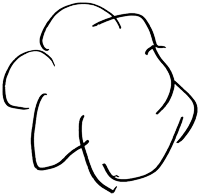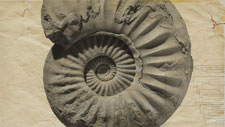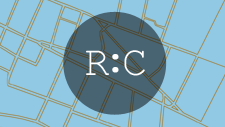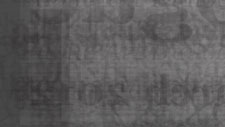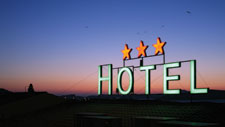I had the honor of giving a presentation at the Archives of American Art as a sort of wrap-up of my time at Smithsonian. I talked a bunch about my work in general using some examples like Ocean Voices:
and Voices Without Faces, Voices Without Races:
And then I talked about my hopes for a future exhibit at Smithsonian (more info in this previous post).
I recorded the talk and the subsequent question/answer period for those who may be interested:
And for the really committed among you, here is a pdf of the Keynote slides:

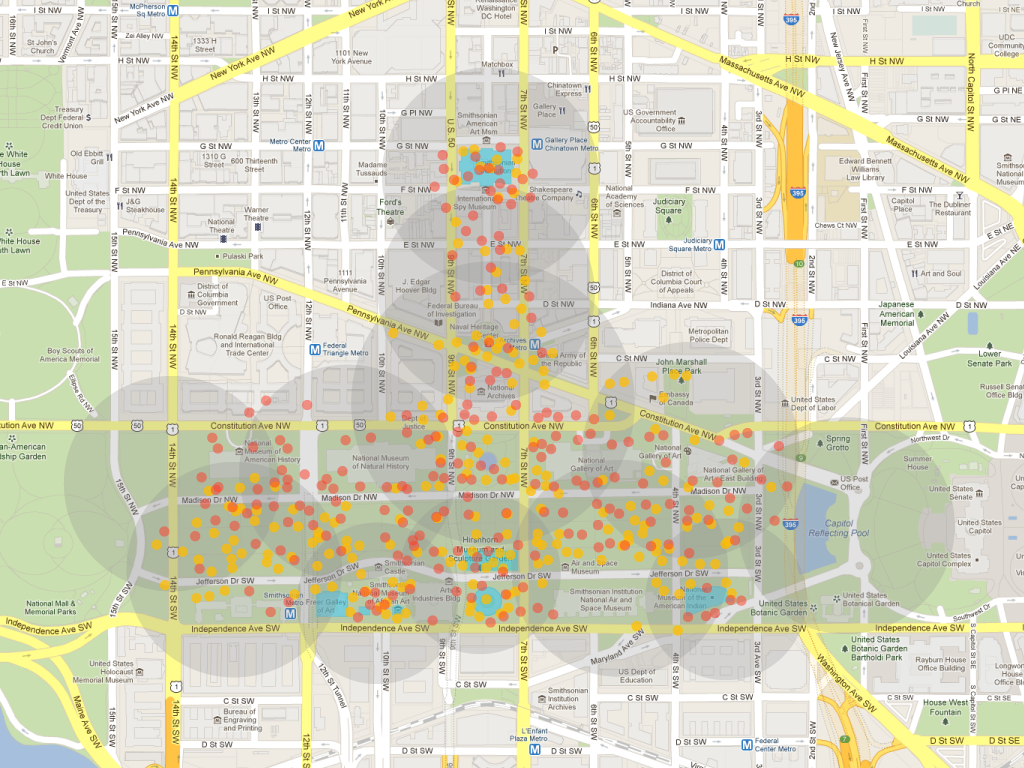
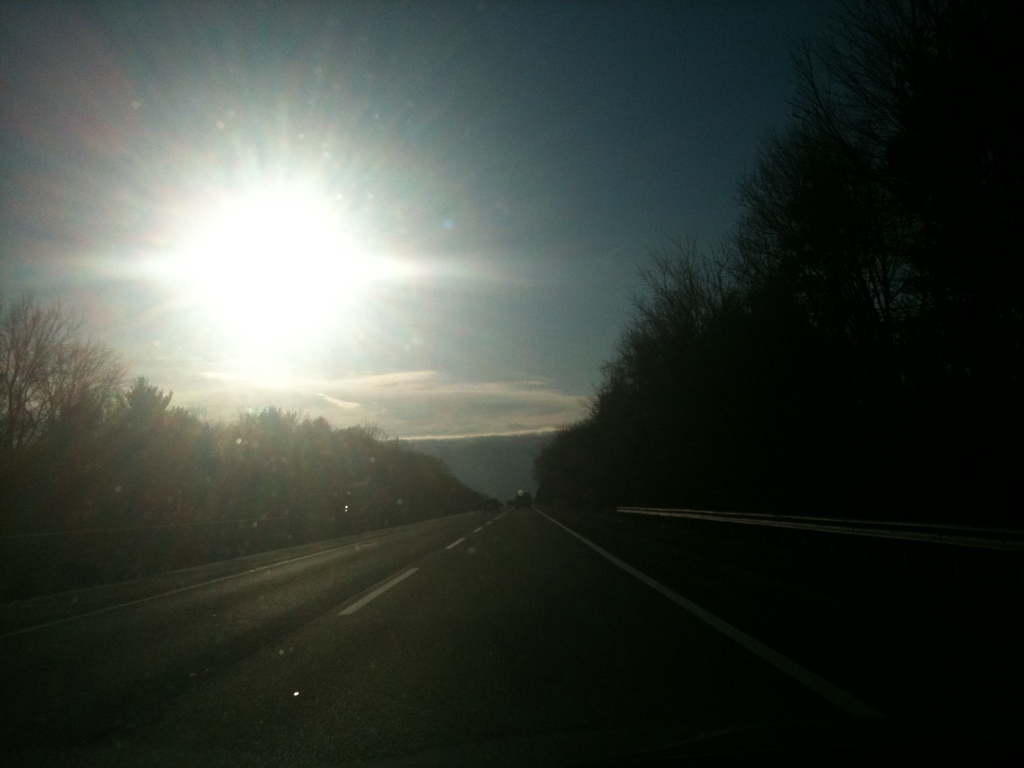
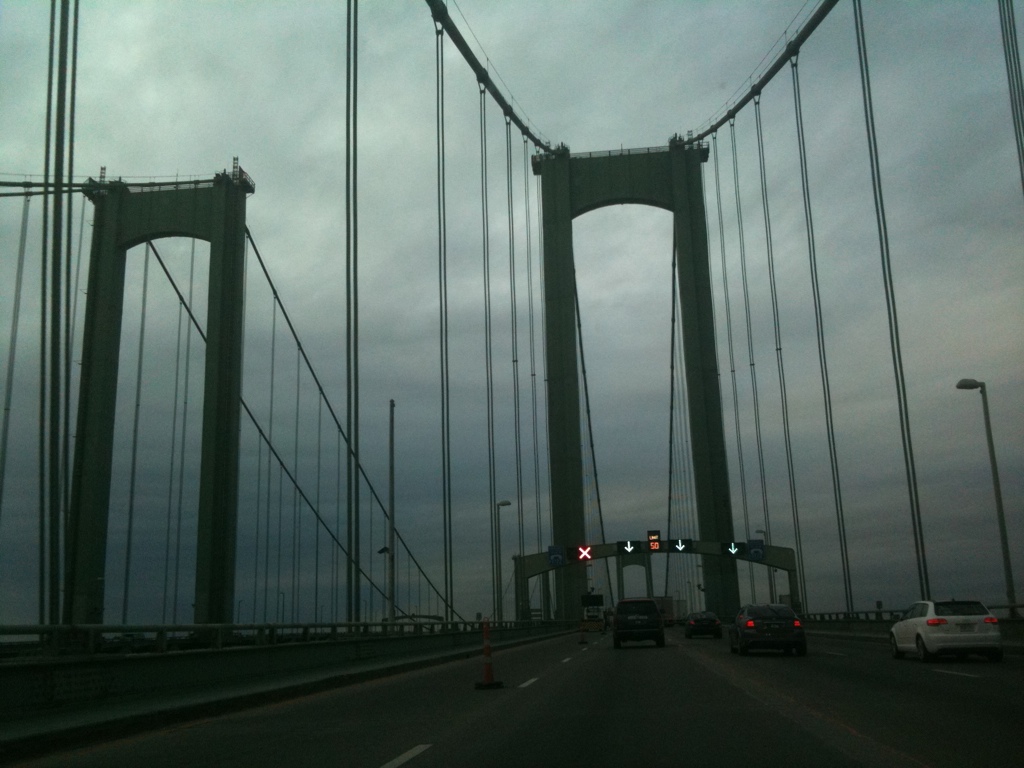
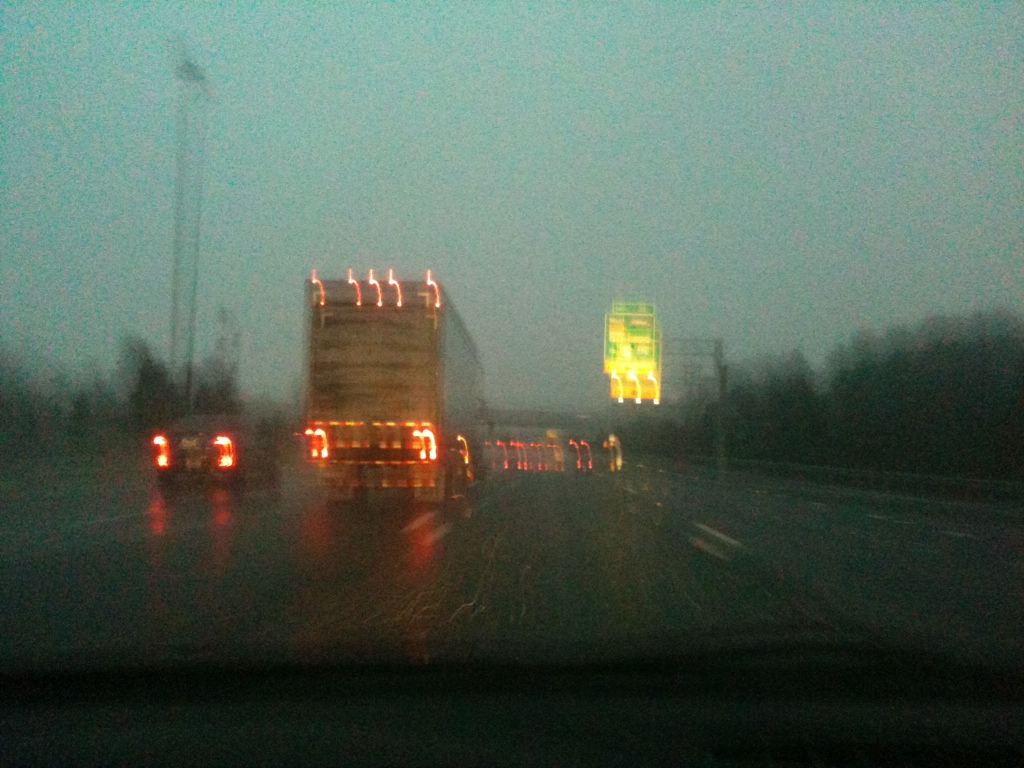
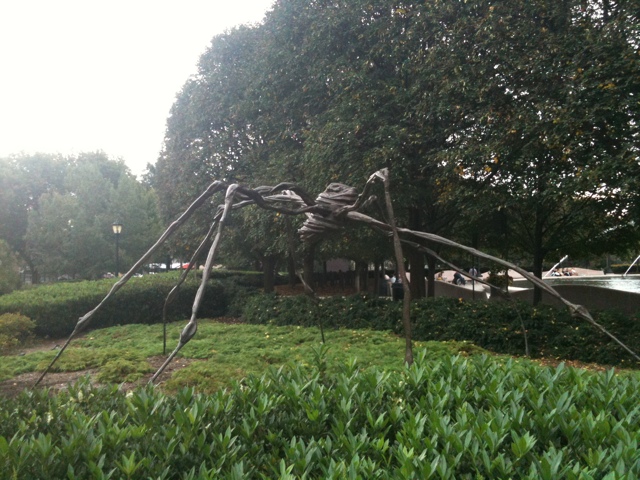
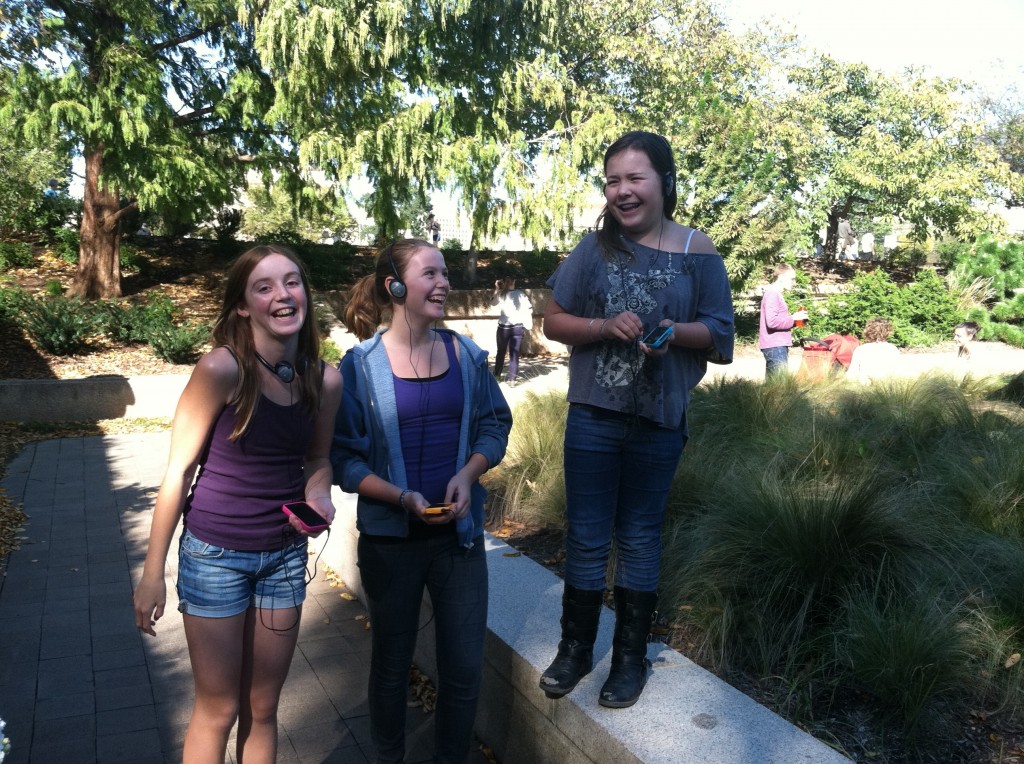
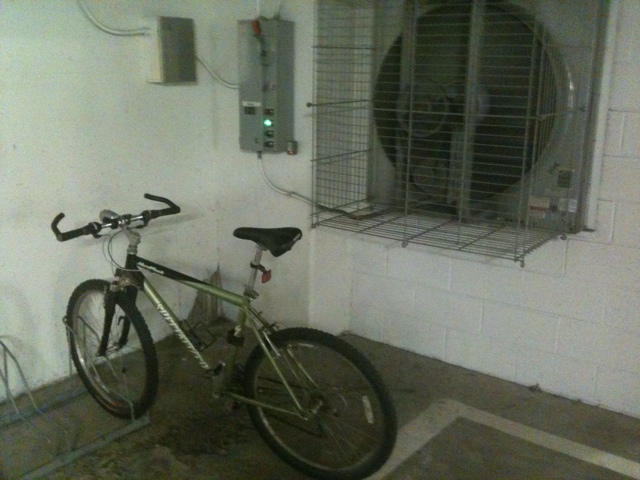
 aesthetic evidence
aesthetic evidence Bring Your Own Voice
Bring Your Own Voice enemies of enormity
enemies of enormity Roundware
Roundware